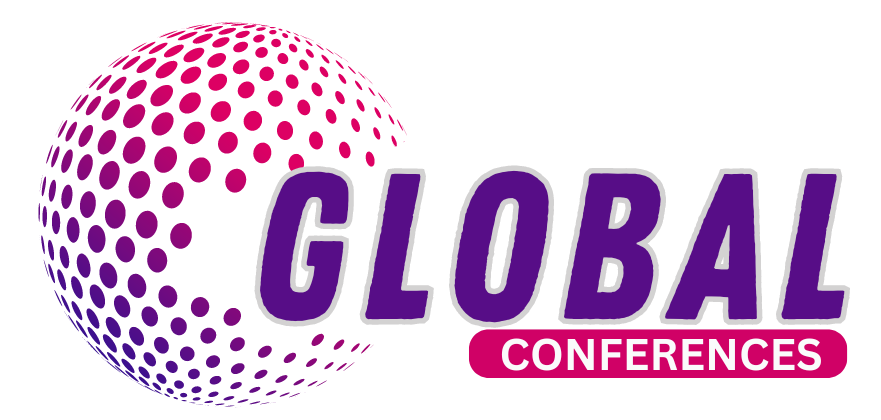Once heralded as the key to simplifying healthcare procedures, electronic health records (EHRs) have presented a number of implementation-related difficulties. The path of EHRs has been turbulent, resulting in increased labor stress and clinical burnout as well as aided medical errors. We find ourselves adapting the system after billions of dollars were invested and startlingly high adoption rates, but this isn’t just about optimizing technology—it’s also about protecting the core of healthcare.
Some of these problems—such as increased workload, negative clinician emotions, burnout, and facilitated medical errors—may be directly related to the adoption of EHR technology. This is because product developers build their systems in accordance with organizational strategic visions that frequently prioritize regulatory compliance, billing efficiency, and organizational expansion.
We are now left to fix “the plane as it continues to fly” after 15 years, $27 billion in “incentives,” and an 11-fold increase in the adoption of electronic health records (EHRs). A recent study examines the efforts made by one health organization to maximize EHR usability. A family medical department formed teams to examine everyday workflow, including order and referrals, care coordination, communications, reception, medication, notes, nursing, and revenue in collaboration with the health systems IT division. The study examines the adjustments made and the ways in which the measures were enhanced.
The whole tale is told by those measurements. The comprised
Departmental productivity measurements on a monthly basis (number of visits, charges, and payments)
While productivity can be used to evaluate increased work stress, which is one of the researchers’ concerns, none of these metrics—which are all meant to raise revenue—address burnout, unpleasant clinical emotions, or medical error facilitation. The primary issue with EHRs, which is billing algorithms with documentation as a byproduct, is still a feature rather than a fault.
Among the modifications were:
- 34% involved modifications to human processes as a result of allowances made for the EHR’s design.
- 10% were new workflows that IT had added.
- Discoveries, or workflows that the department was previously unaware of but were already in place, accounted for 43%.
- 11% involved changes to the EHR’s workflow to accommodate human needs.


























